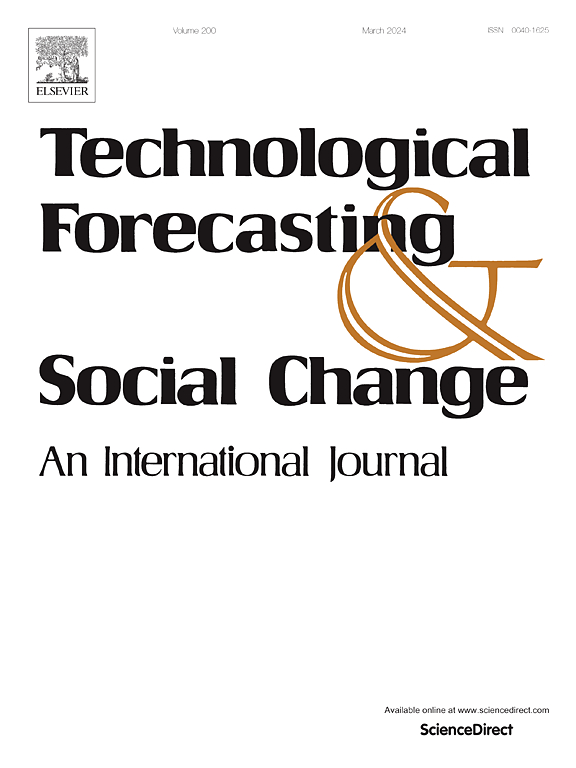个人对中央银行数字货币的态度及其采用意向:将理论与分析相结合,获得更深入的见解
IF 12.9
1区 管理学
Q1 BUSINESS
Technological Forecasting and Social Change
Pub Date : 2024-11-05
DOI:10.1016/j.techfore.2024.123857
引用次数: 0
摘要
本研究采用多理论和多方法的方法,调查了影响个人对采用央行数字货币(CBDC)的态度和意向的因素。研究使用偏最小二乘法结构方程模型分析了来自尼日利亚(CBDC 的先驱国家)的数据,结果显示,基于支付能力的积极价值(包括无缝交易、时间便利性和金融包容性的社会积极价值)是积极态度以及使用意向的最强预测因素。感知到的财务成本是最重要的障碍。生活方式的兼容性与态度呈中度正相关。此外,模糊集定性比较分析确定了高使用意愿的四个必要条件:无缝交易、对中央银行的信任、积极态度和社会对普惠金融的积极评价。此外,还发现了足以产生高使用意愿的六种备选配置。这些发现为理论研究和政策制定者提供了宝贵的见解,为促进早期采用 CBDC 的战略提供了参考。本文章由计算机程序翻译,如有差异,请以英文原文为准。
Individuals' attitudes and their adoption intentions of central bank digital currency: Combining theories and analytics for deeper insights
Leveraging a multi-theoretical and multi-method approach, this study investigated the factors influencing individuals' attitudes and intentions towards adopting central bank digital currency (CBDC). Data from Nigeria, a pioneering CBDC nation, were analysed using partial least squares structural equation modelling, which revealed that affordance-based positive valences, including seamless transactions, time convenience, and the societal positive valence of financial inclusion, are the strongest predictors of positive attitudes and, subsequently, usage intentions. Perceived financial cost emerged as the most significant barrier. Lifestyle compatibility demonstrated a moderate positive association with attitude. Further, fuzzy-set qualitative comparative analysis identified four necessary conditions for high usage intentions: seamless transactions, trust in the central bank, positive attitude, and the societal positive valence of financial inclusion. Additionally, six alternative configurations sufficient for high usage intentions were also revealed. These findings offer valuable insights for both theoretical research and policymakers, informing strategies to facilitate early CBDC adoption.
求助全文
通过发布文献求助,成功后即可免费获取论文全文。
去求助
来源期刊
CiteScore
21.30
自引率
10.80%
发文量
813
期刊介绍:
Technological Forecasting and Social Change is a prominent platform for individuals engaged in the methodology and application of technological forecasting and future studies as planning tools, exploring the interconnectedness of social, environmental, and technological factors.
In addition to serving as a key forum for these discussions, we offer numerous benefits for authors, including complimentary PDFs, a generous copyright policy, exclusive discounts on Elsevier publications, and more.

 求助内容:
求助内容: 应助结果提醒方式:
应助结果提醒方式:


